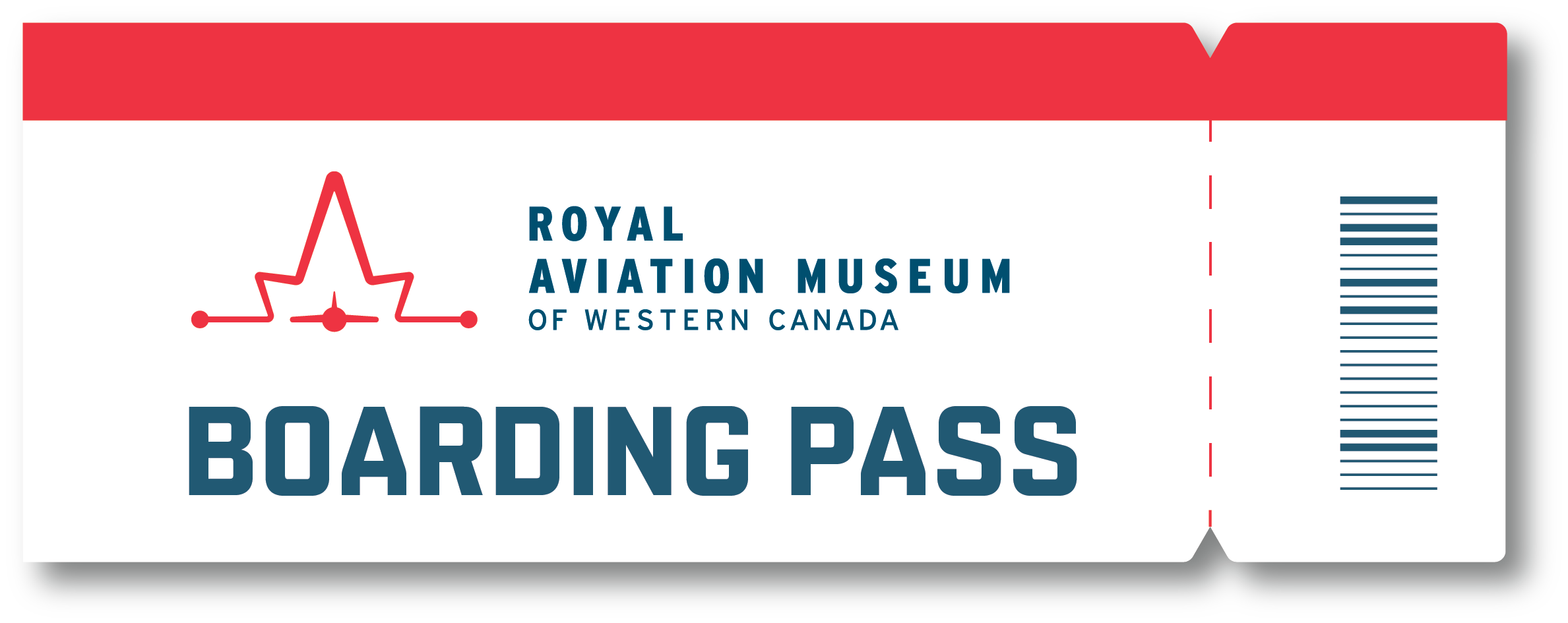THE FAIRCHILD SUPER 71 is a parasol-mounted, high-wing monoplane cargo transport built by Fairchild Aircraft Ltd. (Canada). The Super 71 was an entirely new design in its time and the first “purpose-built” civilian bush plane for use in remote and northern locales in Canada.
In 1933, Fairchild Aircraft Ltd. undertook a study of new designs based on their Model 71. A decision to mount a parasol wing above the fuselage, coupled with a rear cockpit position, clearly distinguished this model from the rest of the Fairchild 71 series, although the company designation maintained the family lineage. The choice of the unusual cockpit was predicated on the need to have a large front cargo compartment as well as considering the load distribution in normal operation. In use, pilots found that forward vision was compromised to such an extent that few operators favoured the installation and when the Royal Canadian Air Force ordered the type, the specifications included a new cockpit position directly behind the engine.
The design featured a first-of-its-kind (for Canada) duralumin monocoque fuselage with a streamlined oval shape. Wind tunnel testing was used to model the fuselage shape, but also influenced the placement of the tailplane which was altered from its original T-tail position to a high-mounted tailplane (intended to keep the tailplane out of the water spray on takeoff).
Unique in Canadian aviation history, the Fairchild Super 71 was the first aircraft with a metal-skinned fuselage to be built in Canada for bush-flying operations. Field tested by Canadian Airways Limited in 1934, it had a huge cargo capacity and was especially suited to fly to distant camps and communities in the North.
Equipped with floats and powered by a 525-hp S1D1 Wasp engine, the Super 71 prototype, CF-AUJ, flew for the first time on October 31, 1934. After the aircraft completed airworthiness tests, it was loaned to Canadian Airways Limited which conducted operational trials in both Quebec and Ontario. However, the experimental rear cockpit position proved hazardous to pilots, who had extremely limited visibility directly in front of the aircraft. AUJ would collide with debris, submerged below the surface of lakes, in three major incidents before it was finally written off in 1940.
On October 3, 1940, at Lost Lake, near Sioux Lookout, Ontario, the pilot brought the plane up to takeoff speed when he struck a fallen tree. With one pontoon sheared nearly clean off, AUJ fell into the lake and began to sink. The pilot abandoned the plane without injury, but could do nothing for the full load of gold bullion aboard. Canadian Airways Limited sent a crew to dredge the lake, and recover the valuable cargo, effectively ending the field test.

